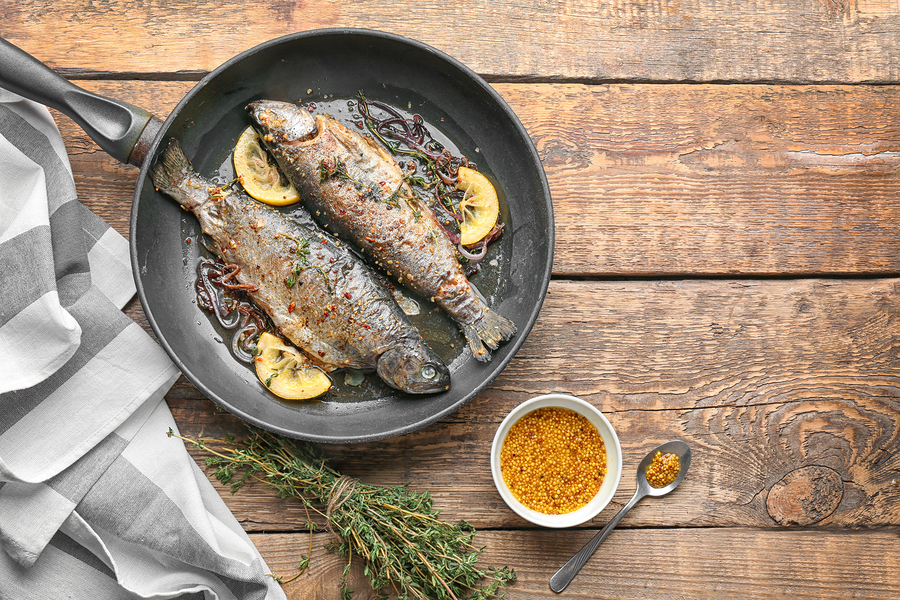
Phosphorus is a mineral that is part of every cell in your body. It is found mainly in your bones and teeth.
Phosphorus works with calcium and other nutrients to build healthy bones and teeth.
Phosphorus also helps maintain normal acid/base balance, supports growth, and is involved with the storage and use of energy.
How Much Phosphorus Should I Aim For?
The table below will show you how much you need:
|
|
|
Aim for an intake of
milligrams (mg)/day |
|
Don’t exceed |
|
|
Men and Women 19 to 70 |
|
700 |
|
4000 |
|
|
Men and Women 71 and Older |
|
700 |
|
3000 |
|
|
Pregnant Women 19 and Older |
|
700 |
|
3500 |
|
|
Breastfeeding Women 19 and Older |
|
700 |
|
4000 |
|
Which foods have phosphorus?
Phosphorus is found in high amounts in protein foods such as milk and milk products and meat and alternatives, such as beans, lentils and nuts. Grains, especially whole grains provide phosphorus. Phosporus is found in smaller amounts in vegetables and fruit. This table will help show you foods which are a source of phosphorus.
|
Food |
|
Serving Size |
|
Phosphorus (mg) |
|
|
Meat, poultry, fish |
|
|
Pork, various cuts, cooked |
|
75g (2 ½ oz) |
|
130-221 |
|
|
Veal, various cuts, cooked |
|
75g (2 ½ oz) |
|
178-194 |
|
|
Beef or lamb, various cuts, cooked |
|
75g (2 ½ oz) |
|
144-180 |
|
|
Beef, ground, cooked |
|
75g (2 ½ oz) |
|
134-174 |
|
|
Chicken or turkey, various cuts, cooked |
|
75g (2 ½ oz) |
|
134-163 |
|
|
Salmon, canned |
|
75g (2 ½ oz) |
|
244-247 |
|
|
Salmon, cooked |
|
75g (2 ½ oz) |
|
189-192 |
|
|
Tuna, light, canned in water |
|
75g (2 ½ oz) |
|
104 |
|
|
Mackerel, cooked |
|
75g (2 ½ oz) |
|
120-238 |
|
|
Rainbow trout, cooked |
|
75g (2 ½ oz) |
|
202 |
|
|
Sardines, canned in oil |
|
75g (2 ½ oz) |
|
368 |
|
|
Soy, nuts, seeds and legumes |
|
|
Pumpkin or squash seeds, without shell |
|
60 mL (1/4 cup) |
|
676 |
|
|
Sunflower seeds, without shell |
|
60 mL (1/4 cup) |
|
375-393 |
|
|
Tempeh/fermented soy product, cooked |
|
150 g (3/4 cup) |
|
380 |
|
|
Beans, adzuki, cooked |
|
175 mL (3/4 cup) |
|
286 |
|
|
Lentils, cooked |
|
175 mL (3/4 cup) |
|
264 |
|
|
Chickpeas/garbanzo beans |
|
175 mL (3/4 cup) |
|
204 |
|
|
Tofu, cooked |
|
175 mL (3/4 cup) |
|
146-204 |
|
|
Beans (kidney, black-eyed/cowpeas, cranberry/roman), cooked |
|
175 mL (3/4 cup) |
|
177-186 |
|
|
Egg, cooked |
|
2 large |
|
126-157 |
|
|
Milk and Alternatives |
|
|
Cheese (cheddar, gruyere, swiss/emmental, gouda, mozzarella, edam, provolone) |
|
50 g (1 ½ oz) |
|
232-302 |
|
|
Milk (3.3% homo, 2%, 1%, skim, chocolate) |
|
250 mL (1 cup) |
|
217-272 |
|
|
Cottage cheese |
|
250 mL (1 cup) |
|
291-358 |
|
|
Yogurt, Greek, all types |
|
175g (3/4 cup) |
|
156-246 |
|
|
Fortified soy beverage |
|
250mL (1 cup) |
|
253 |
|
|
Grain Products |
|
|
Bran flakes |
|
30 g |
|
344 |
|
|
Oatmeal, instant, cooked |
|
175 mL (¾ cup) |
|
142 |
|
|
Quinoa, cooked |
|
125 mL (1/2 cup) |
|
149 |
|
You may also be interested in:
What You Need to Know About Vitamin A
What You Need to Know About Vitamin E
What You Need to Know About Vitamin B12
Last Update – October 25, 2018